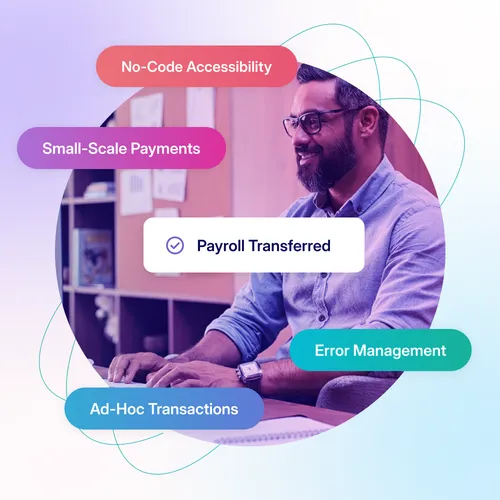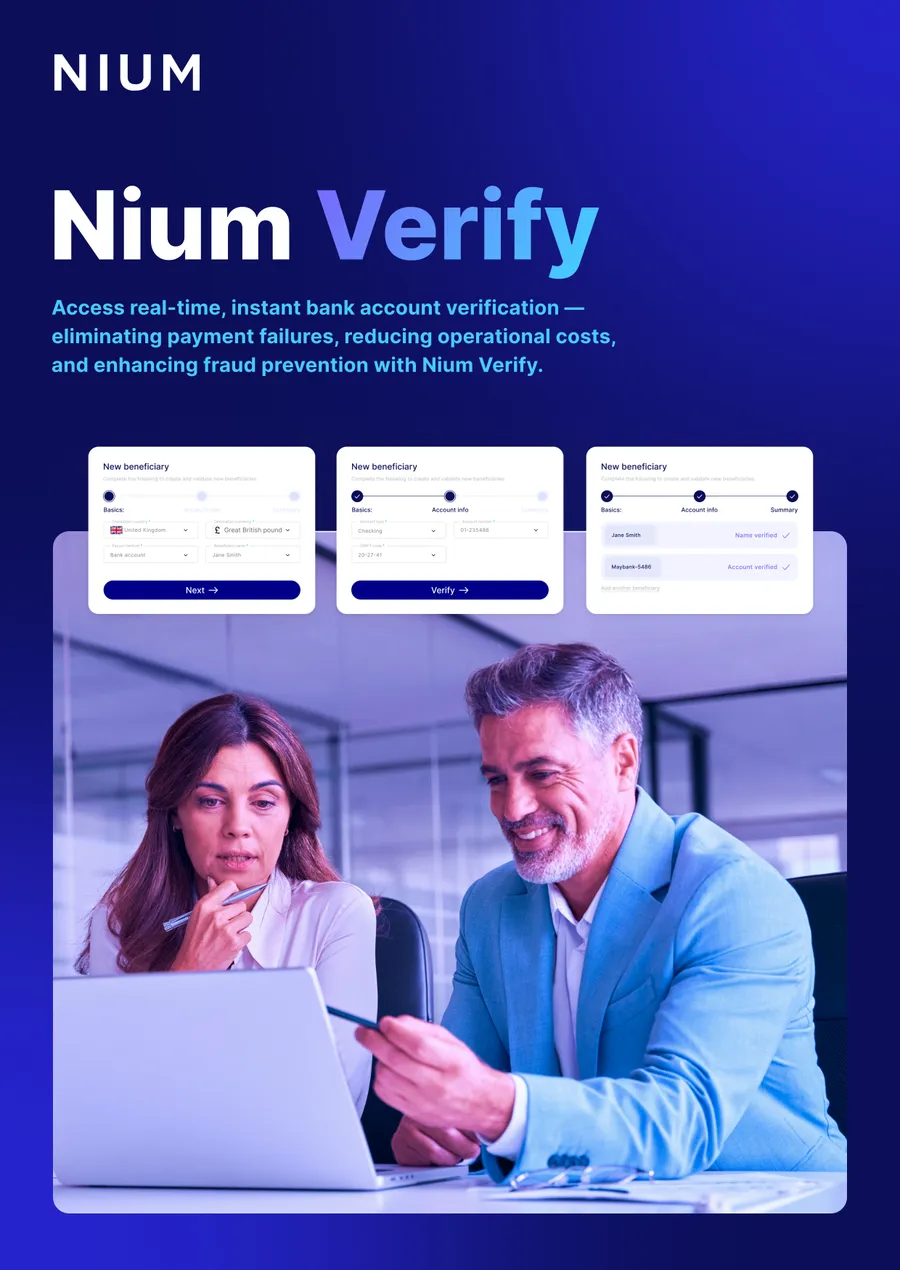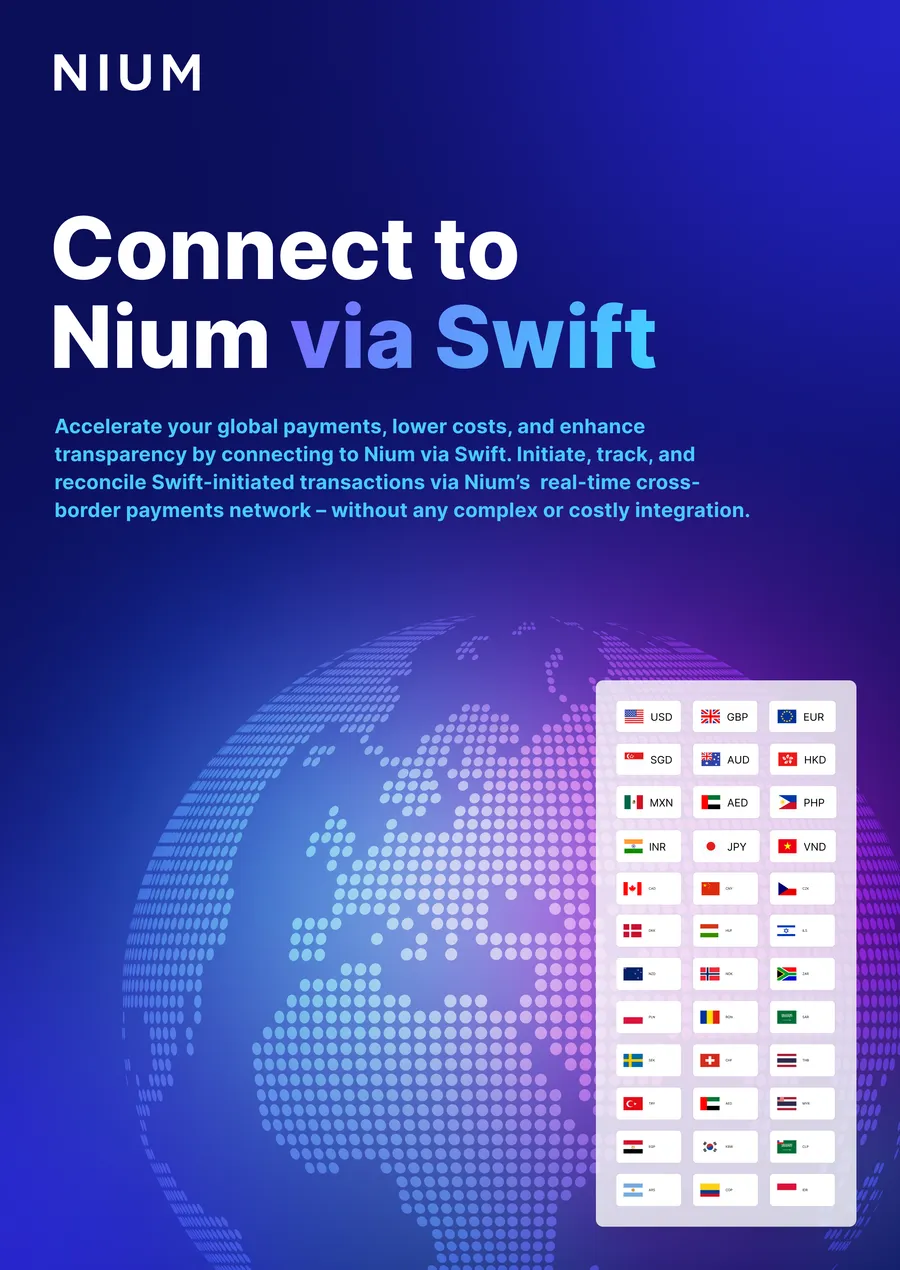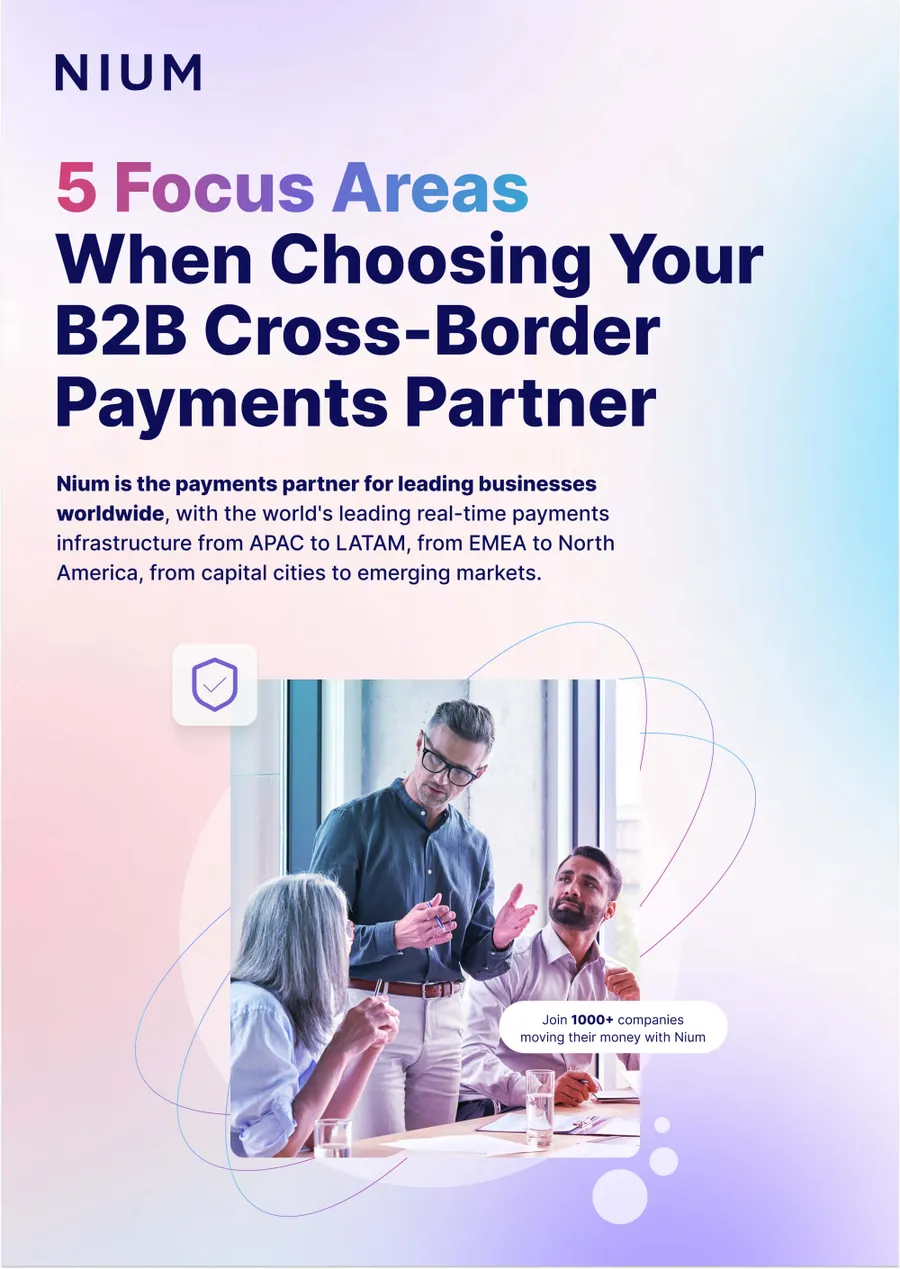Everyone knows about virtual debit and credit cards. They’re everywhere — on our phones, our watches, even our rings. And they aren’t slowing down, either. Juniper Research is projecting virtual card transactions to surpass $175 billion by 2028.
While widely used by consumers, businesses are also adopting them for expenses, one-off payments, and departmental spend. But the full B2B potential of virtual cards extends far beyond this.
Here are five innovative B2B use cases we're watching — and delivering for our customers and partners — in 2025 and beyond:
1. Travel Intermediaries: New Products and Services
Online travel agencies are using virtual cards for global supplier payments and to create new revenue streams with value-add products at checkout.
Travel intermediaries have been using virtual cards to streamline global hotel and airline payments for decades. Now, they’re expanding their use to offer extra products and services directly within the payment process, boosting revenue and improving the booking experience.
With fierce competition and little price disparity, this is a great way for travel companies to differentiate themselves. For instance, holidaymakers can pay a fee to "lock in" a price, which is either applied to the booking later or retained if the booking is canceled. This model requires online travel agencies and aggregators to present a single checkout price that includes all services while handling supplier payments worldwide. It’s an entirely in-house revenue stream integrated into the payment flow and it’s powered by virtual cards.
2. Insurance Providers: Introducing Instant Claims
Insurance companies are leveraging virtual cards for instant settlement payouts to healthcare providers.
AXA Global Healthcare recently launched their virtual payment card, issued by Nium, enabling members to pay for eligible outpatient treatment without using their funds, needing to submit a claim, or contacting their insurer to pre-authorize their treatment before they pay it.
A virtual card is generated on the insurance app in the policy holder’s Apple Pay or Google Pay wallet that can be used anywhere that accepts contactless Visa payments. Companies like Paysure are integrated into the payment flow and check the claim history and eligibility in real-time. The Nium issued virtual card then facilitates a direct and instant payment from the insurer to the medical provider, eliminating receipt fraud and avoiding lengthy reimbursement processes for the customer.
3. Freight and Logistics: Digitizing Port Payments
Global logistics and freight companies are using virtual cards to digitize shipping payments.
By their very nature, global logistics, freight, and shipping companies must make regular payments to multiple partners and vendors around the world. But this has traditionally involved paper-based invoicing and manual reconciliation.
Virtual cards are enabling these businesses to go digital. For example, in partnership with DP World, Mastercard is currently introducing virtual cards to eliminate physical invoicing from global shipping payments. This enables instant payments and automated reconciliation for all freight, port, and logistics costs. The platform will expand across Latin America and eventually to DP World's ports worldwide, supporting a global revenue of over $18 billion in virtual payments.
4. Digital Marketing: Greater Control on Ad Spending
E-commerce businesses and marketing departments are leveraging virtual cards to boost control and transparency of advertising spend.
As global e-commerce continues to rise, businesses selling goods online are increasingly turning to digital advertising as a way to target their buyers and generate cut-through. In 2023, Meta’s US advertising revenue reached almost $132 billion, with millions of businesses running ads on Facebook and Instagram every month.
Virtual cards are increasingly playing a role here, with innovative fintechs like Franklin realising their potential to solve business’ marketing needs. For example, Franklin can link a Nium-issued virtual card to a specific ad campaign or client on behalf of their customers. The ability to set high and flexible spend limits and expiration dates on each virtual card helps businesses to increase control and oversight over marketing spend.
5. Workplace Benefits: Replacing Coupons with Cards
Employers are using virtual cards to digitize employee meal vouchers, a popular benefit in continental Europe.
Employee expenses have long been a key use case for virtual cards, but meal vouchers, a popular benefit in continental Europe, have remained largely analogue. In France, 57% of employers currently give their employees a voucher for every day worked in a month, and often in the form of a physical coupon. In 2022, these meal vouchers had a total value of close to €8.5 billion.
However, four voucher issuers control 99% of the market, and the French Competition Authority (ADLC) has called for tighter regulation and mandatory digitization. In 2022, 40% of vouchers were still issued as physical coupons. In countries like Italy and Portugal, high processing fees – ranging from 5-20% – make these schemes costly for retailers. Employee issued single-use virtual cards, controlled by merchant category codes, could solve this problem and significantly modernize this $25-$30 billion market opportunity across Europe.
The First-Mover Advantage
Virtual cards are already impacting multiple industries, but there’s still so much more to come. The space remains an open playing field, with the companies that recognize the full B2B potential of virtual cards still able to create a competitive edge, boost efficiency, and drive growth.
If you want to discuss how Nium can support you with virtual cards, get in touch here.












